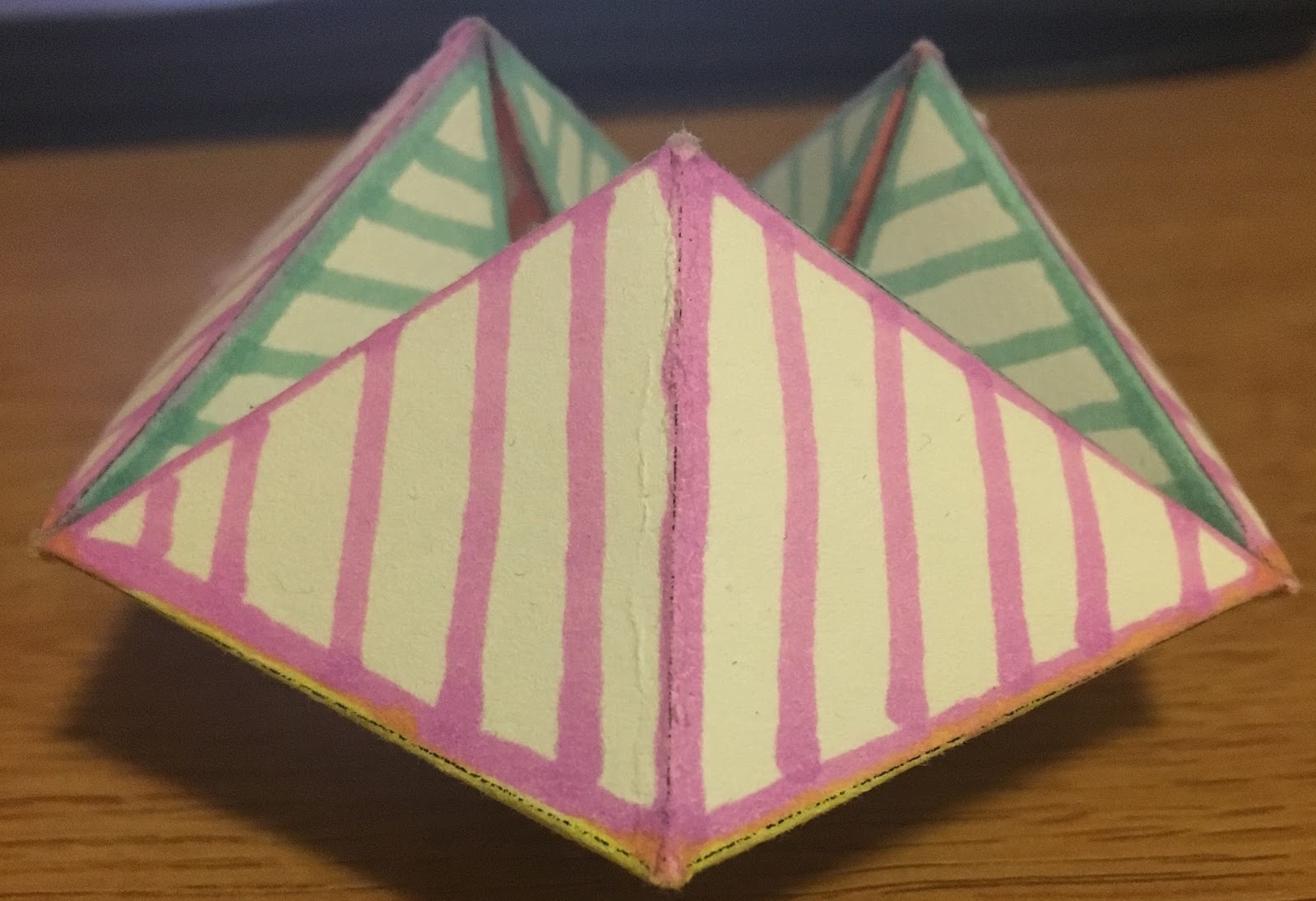

Credit: Hamid Naderi Yeganeh 7,000 Circular Arcs 7,000 Circular Arcs. Credit: Hamid Naderi Yeganeh 8,000 Circular Arcs 8,000 Circular Arcs. Credit: Hamid Naderi Yeganeh 4,000 Line Segments 4,000 Line Segments. Credit: Hamid Naderi Yeganeh 8,000 Line Segments 8,000 Line Segments. Credit: Hamid Naderi Yeganeh 9,000 Circles 9,000 Circles.

Credit: Hamid Naderi Yeganeh 10,000 Circles 10,000 Circles. Credit: Hamid Naderi Yeganeh 12,000 Circles 12,000 Circles. However, we can also use other mathematical functions. I believe they are the most useful functions to create such drawings. As you see, the trigonometric functions sine and cosine play the main role in these drawings. For example, the first image is created by drawing 14,000 circles. In each drawing, a few mathematical formulas have been used to determine thousands of shapes and their colors. Below you can see eight images with their mathematical descriptions. In this way, computer programs make a beautiful symmetrical image with thousands of simple shapes such as circles, line segments, ellipses, circular arcs, etc. In this post, I would like to share a simple way. There are many different ways of using mathematics to create stunning drawings. For instance, we can generate many beautiful computer-generated images of Julia sets. A fractal-generating program can generate fractals using mathematical methods such as iterated functions systems. Some common 2D shapes are squares, rectangles. It consists of a length and a width but does not have any depth or height. For example, a sheet of paper is two-dimensional in shape. There are many computer programs that generate images of beautiful fractals. A 2D shape is a flat shape that has only two dimensions length and width, with no thickness or depth, that is the reason why it is called a two-dimensional shape. Note that this is a parametric equation the first half gives the x -coordinate and the. Here’s the expression that generated this curve: (cos ( t) + cos (6 t )/2 + sin (14 t )/3, sin ( t) + sin (6 t )/2 + cos (14 t )/3). Fractal art is a great example of using computers to make stunning mathematical images. The curve has a fivefold symmetry, which you can clearly make out in the image at right. Since ball-and-stick models are often a favourite starting point for physicists and chemists interested in 3D graphics, I've collected the formulas needed to do the above with cylinders (without end caps, with flat end caps, or with spherical end caps) to my Wikipedia user page.Computer programs enable us to create works of art with mathematical methods. In general, pick the sign that yields the smaller, but positive, $R$. If we are outside the sphere, use $-$ above if we are inside the sphere, use $+$ above. Therefore, the 2D coordinates of that detail on the window are Let's say one of the 3D coordinates of an interesting detail, say a corner of the greenish cube above, are $(x, y, z)$. In a very real sense, those coordinates are obtained by linear interpolation, except that one end of the line segment is at the eye (which we already decided is the origin, so coordinates $(0, 0, 0)$, the other end is at the 3D coordinates of the detail we wish to project, and the interpolation point is where that sight line (usually called "ray") intersects the view plane (the window, in our case). Cut thin openings at the corners for easier folds. Step 3: After that, place the transparent paper at the edge of the Kaleidoscope. The blue pane is the window, the eye is at the lower left corner, and we are interested in the projected coordinates (projected to the window, that is) of the four corners of some cube at some distance. Step 2: Sketch the small triangle that is present at the edge of the kaleidoscope to the transparency paper (keep 1 cm extra around the triangle for allowing folding of the paper). Here is a rough diagram of the situation: These coordinates are what OP needs to draw 3D pictures to a 2D surface. If we know the 3D coordinates in the above coordinate system of interesting details outside, 3D projection tells us their coordinates on the surface of the window. Thus, the center of the window is at $(0, 0, d)$, where $d$ is the distance from the eye to the window. Using OP's conventions, $x$ axis increases up, $y$ axis right, and $z$ axis outside the window. If you stand in the center of the window, looking out through the center of the window, then we can treat the center of your eye (more precisely, the center of the lens in the pupil of your dominant eye) the origin in 3D coordinates. Let's assume you stand in front of a window, looking out. It is all based on optics, and (linear) algebra.

The hard part is understanding how it is done and that is what I shall try to explain here.


 0 kommentar(er)
0 kommentar(er)
